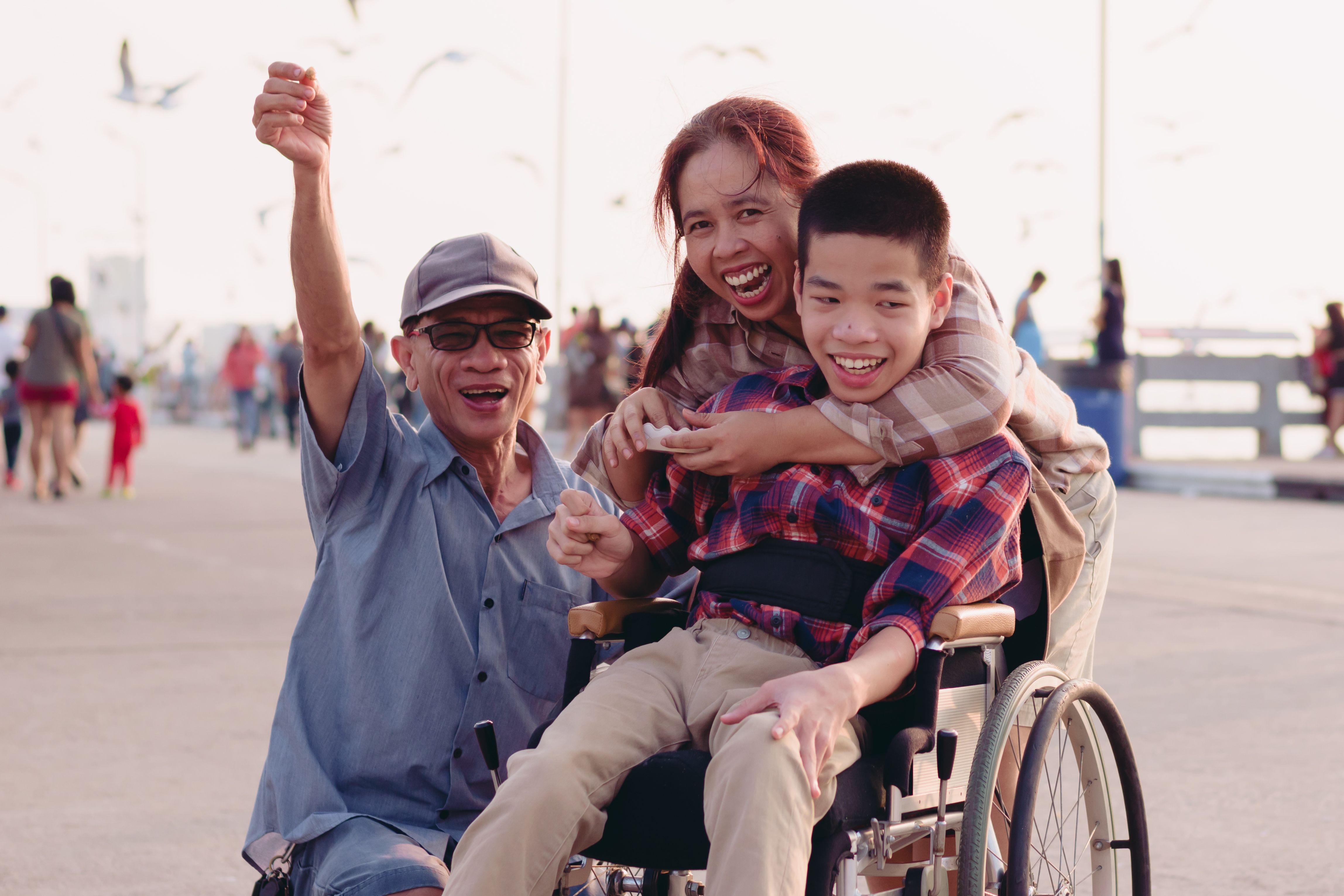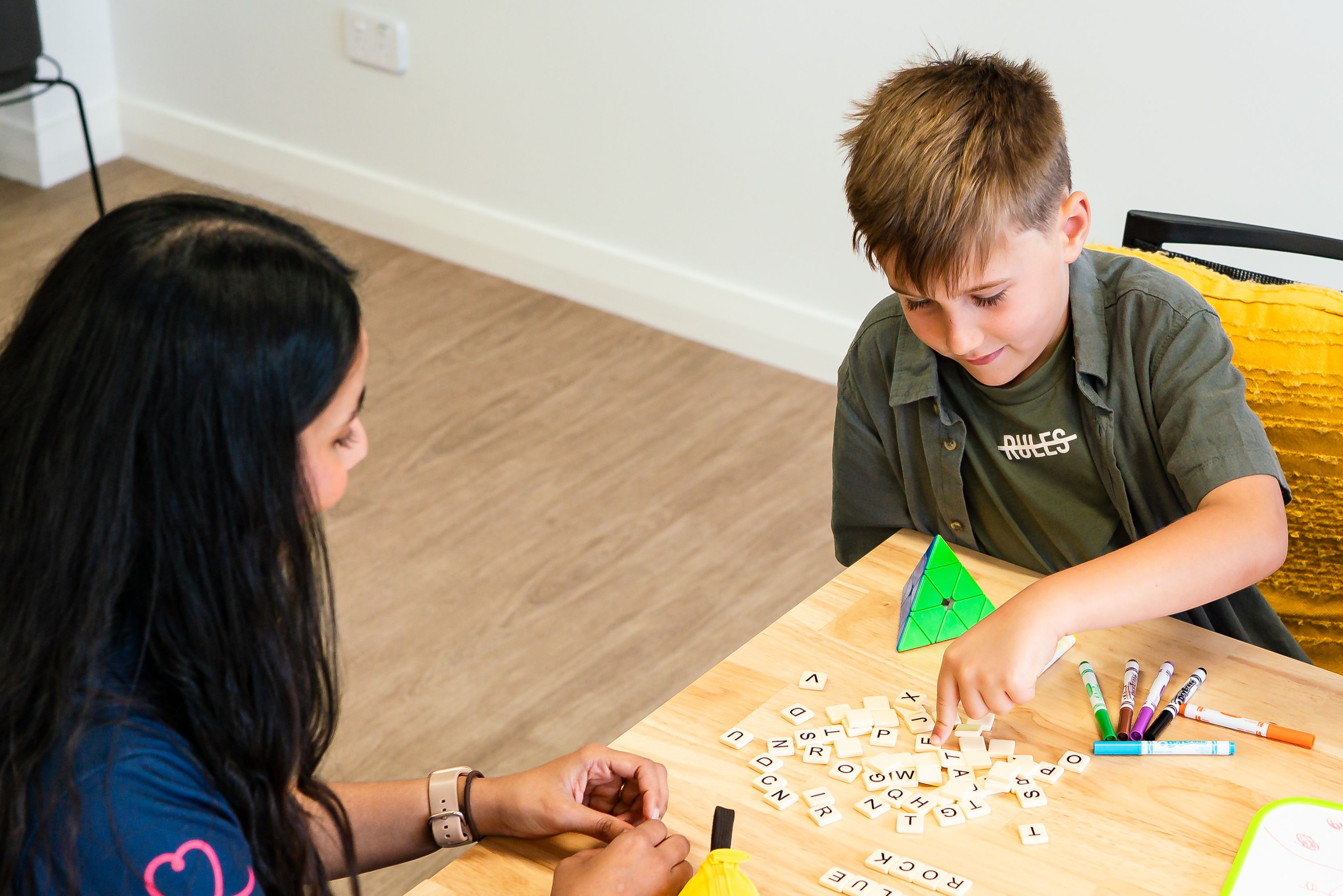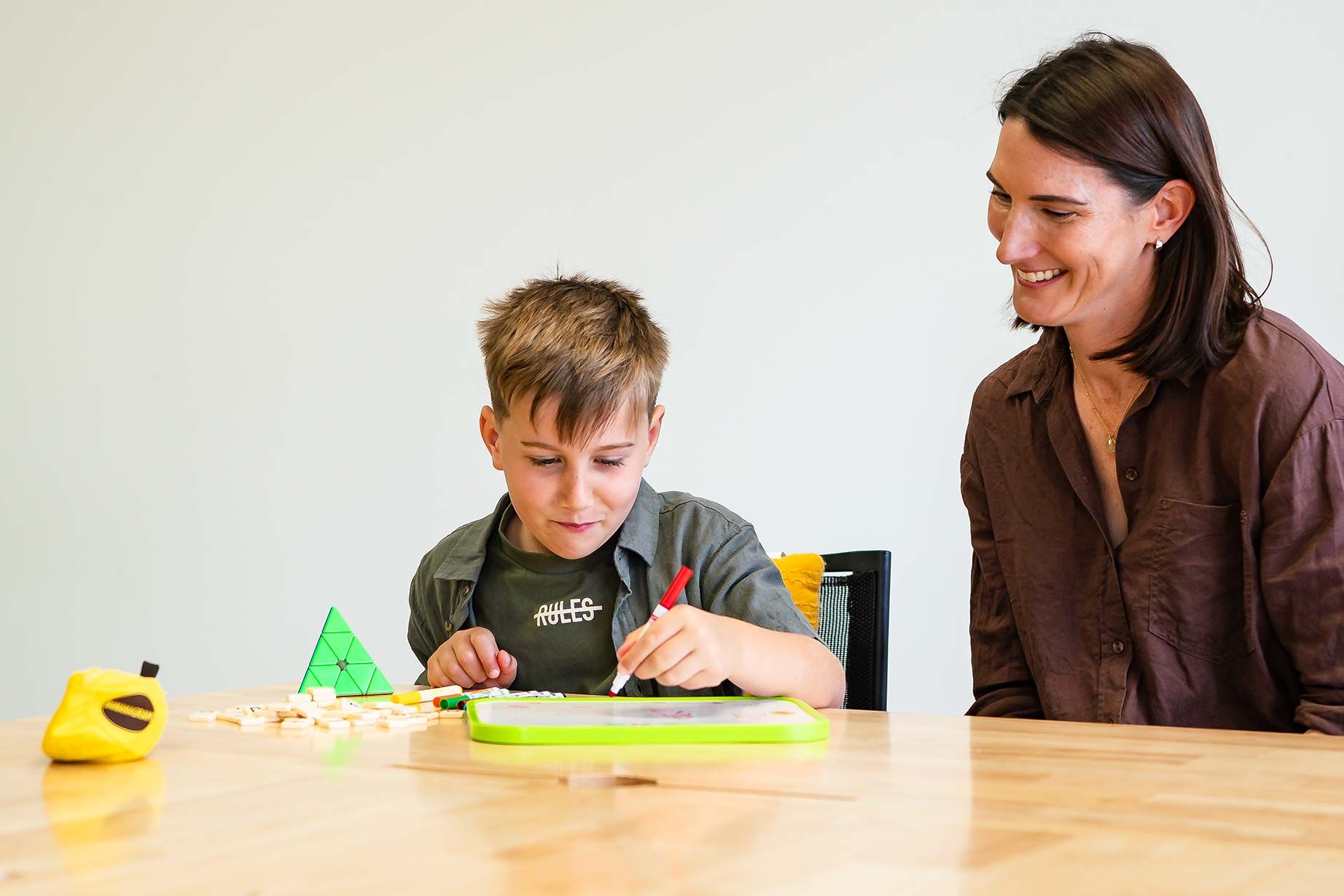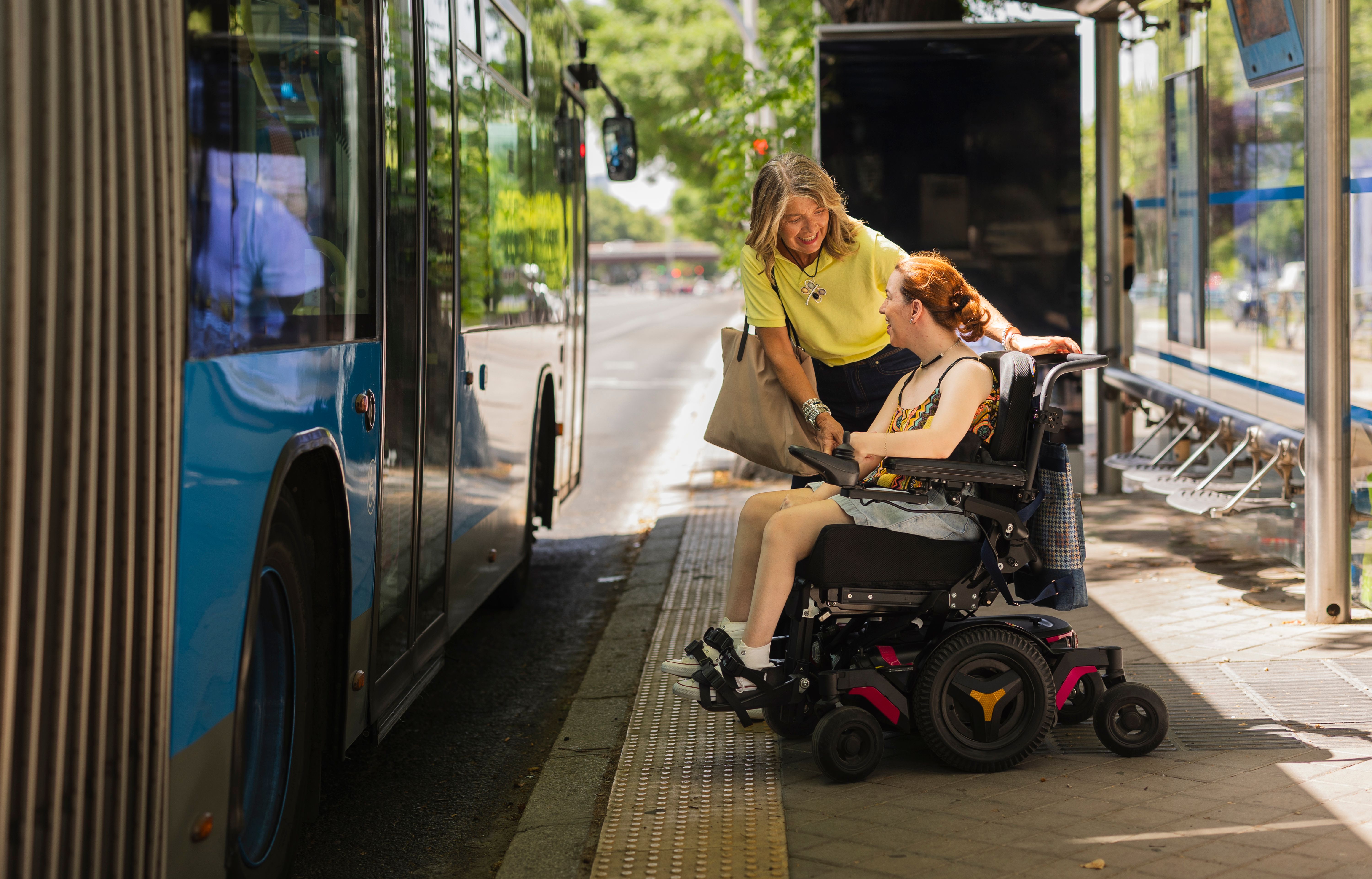Client outcomes in the NDIS: neurodiverse-affirming and evidence-driven


Steph Reeves
22 Sep 2025
Right now, conversations about the future of the NDIS are everywhere. With reforms underway and an increasing focus on accountability, providers are under more pressure than ever to show clear, measurable outcomes. Funding depends on it.
But here’s the challenge: in the push to generate evidence, it is easy to forget what outcomes are really about: the client. If outcomes are shaped through a clinician’s lens instead of the client’s lived experience, they risk becoming ableist. Ableism is when outcomes are influenced by assumptions about what is “normal” or by the idea that someone’s life needs fixing, rather than valuing the person’s own goals and identity.
That is why a neurodiverse-affirming approach to outcomes is more important now than ever. We need to demonstrate the value of therapy to the NDIS, but we must do it in a way that keeps the client’s voice at the centre. Otherwise, we are not just reporting. We are reinforcing ableism instead of empowering choice.
It Starts with the Goals
Every outcome stems from a goal. If a goal is clinician-led, there is a risk it becomes about fixing or normalising. A neurodiverse-affirming approach means goals are:
- Client-led: written in the client’s own language, reflecting what they want from their life
- Free from ableist assumptions: not about making someone fit a system’s idea of “typical”
- Collaborative: developed with the client and, where appropriate, their guardian or support team, so they reflect real-world priorities.
And importantly, not every goal needs to be SMART (Specific, Measurable, Achievable, Relevant, Time-bound). Sometimes, the most meaningful goals are Scruffy: flexible, evolving, and centred on the client’s own hopes and values. Scruffy goals leave room for individuality and growth in a way that rigid SMART goals often cannot.
When goals are framed this way, the outcomes are naturally more meaningful both to the client and to the NDIS.
How We Do This at BlueRocket
At BlueRocket, we have built our outcomes process to be neurodiverse-affirming and robust enough to give the NDIS clear evidence of impact.
Here’s how:
- Client-reported outcomes, not therapist-reported. We do not decide if a goal is achieved. The client (or their support team or guardian) does. This ensures outcomes reflect lived experience, not professional bias.
- Satisfaction as the key measure. Before and after working on each goal, clients self-report their satisfaction in that area of life. If satisfaction increases, that is the clearest indicator of meaningful progress.
- Annual, broader satisfaction survey. Once a year, we also ask clients and families to reflect more broadly, not just on individual goals, but on how therapy has impacted their quality of life, identity, and everyday participation. This helps us capture the bigger picture of how supports contribute to a richer and more fulfilling life.
- Therapy summaries that highlight achievement. At the end of each year, we provide a comprehensive therapy summary that celebrates the client’s achievements across all goals they have worked on. These reports show the difference in satisfaction pre- and post-therapy, painting a clear picture of how supports have improved the client’s life.
- Evidence without ableism. By using client voice and satisfaction as the foundation, we can demonstrate impact to the NDIS in a way that is measurable and reportable without reducing a person’s life to tick-boxes or someone else’s idea of “normal.”
Why This Matters
As the NDIS evolves, providers have a dual responsibility: to generate strong evidence of impact and to ensure that evidence is free from ableism.
For clients, this approach validates autonomy, identity, and lived experience. For providers, it creates a clear framework to evidence the value of therapy. And for the NDIS, it ensures funding decisions are backed by robust data that actually reflects client outcomes.
Because at the end of the day, the most powerful measure of success is not whether a clinician thinks change has occurred. It is whether the client feels their life is richer, more supported, and brings a greater sense of fulfilment because of the supports they have received.
That is the future of outcomes we are building at BlueRocket.
Posts by Steph Reeves

Therapy Outcomes and Quality
Dec 01, 2025
The power of goals in therapy: why every achievement matters
Steph Reeves / min read

Therapy Outcomes and Quality
Nov 26, 2025
Achieving therapy progress over the summer break
Steph Reeves / min read

Family and Carer Support
Nov 04, 2025
Therapy in everyday moments
Steph Reeves / min read

Therapy Approached and Practices
Oct 01, 2025
Ever wondered why clinicians recommend community-based sessions?
Steph Reeves / min read
Join our Newsletter
Get the latest allied health insights straight to your inbox.





